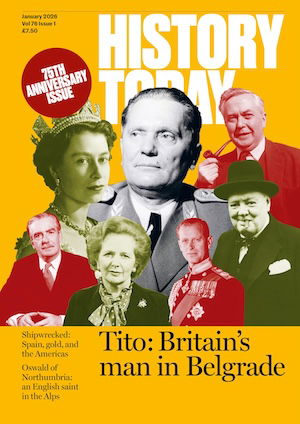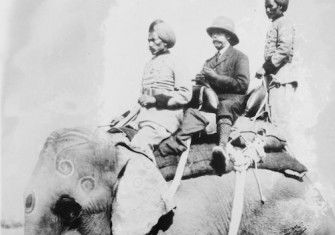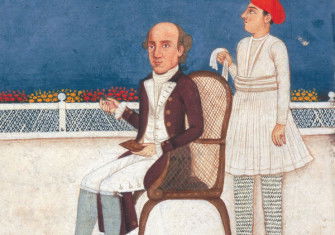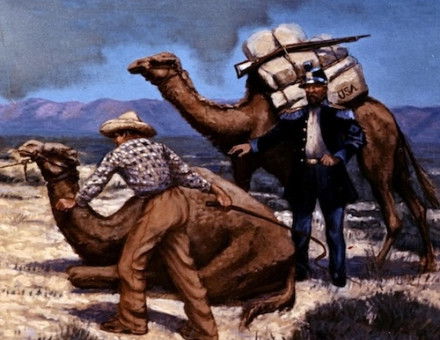What Birmingham Taught Muslim India
Industrial Birmingham was an important stop on the grand tours of various Muslim rulers, all eager to learn from the city of a thousand trades.
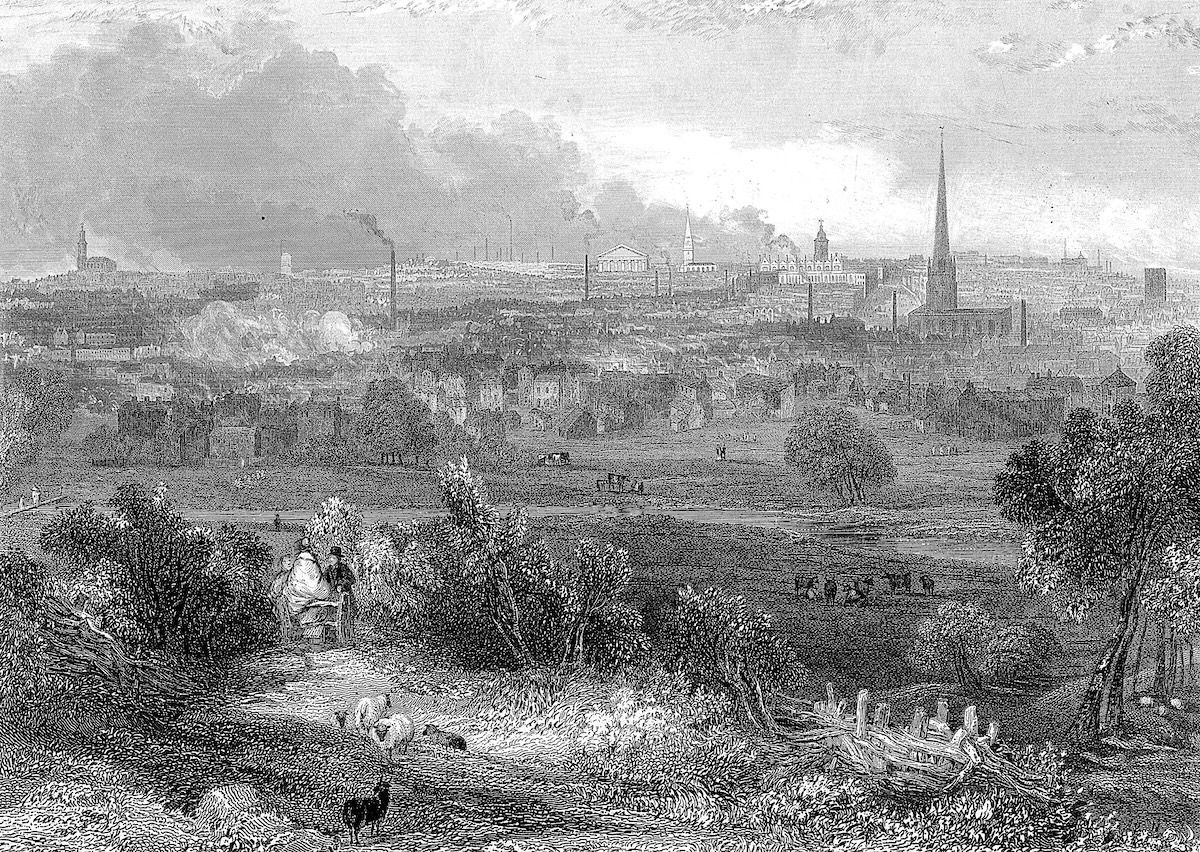
In 1786 the East India Company placed an order for minting coins with the Birmingham industrialists Matthew Boulton and James Watt. Using the revolutionary steam engines at their Soho Works in the suburb of Smethwick, over the next few decades Boulton and Watt produced more than 220 million coins stamped with the elegant Persian script the East India Company had adopted from the Mughal Empire. When Shire horses began pulling barges full of bullion along the canal from Birmingham on the first stage of their journey to Calcutta, it marked the start of the city’s relationship with the Indian subcontinent that has continued to this day.

